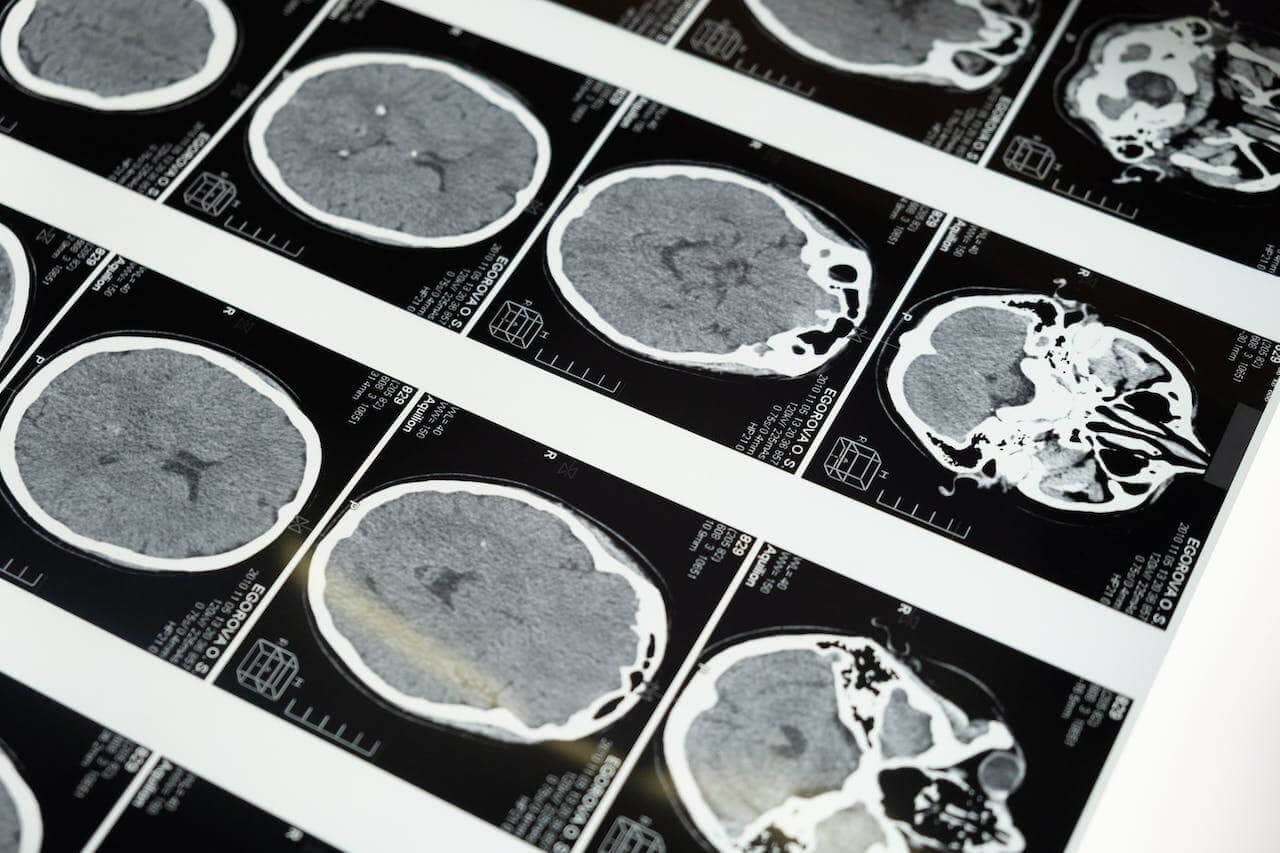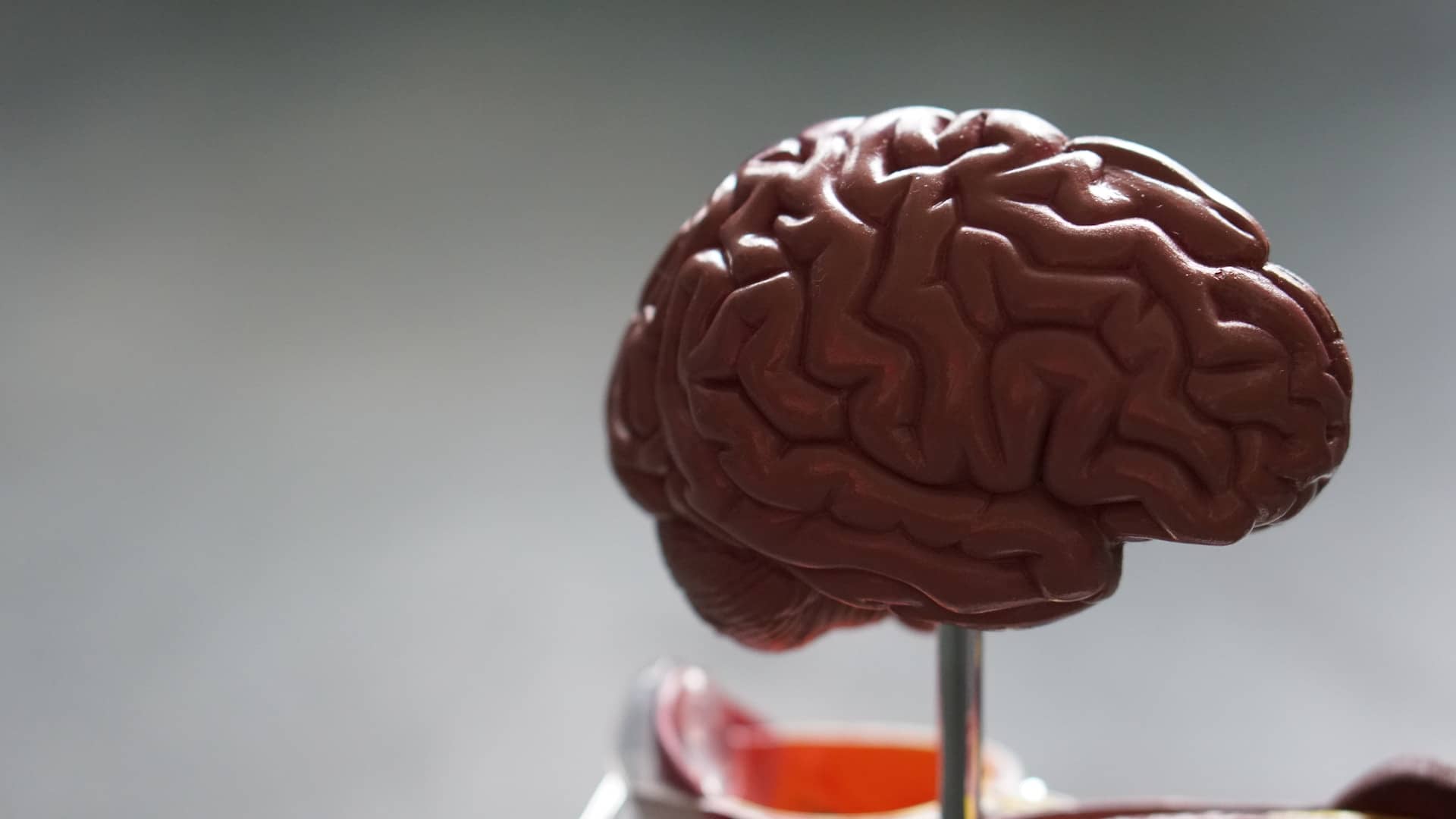In the realm of life’s intricate symphony, our brains play the lead role, orchestrating the melody of our existence. Unfortunately, sometimes this delicate performance is interrupted by unforeseen events, leading to what we commonly refer to as a brain injury. To truly comprehend the impact of such injuries, we must delve into the mechanisms that underlie them.
Introduction to Brain Injuries
A brain injury occurs when the delicate structure of the brain is compromised, affecting its normal function. These injuries can result from various incidents, including accidents, falls, or even certain medical conditions. Understanding the mechanisms behind a brain injury is crucial for grasping the intricate ways our brains can be affected.
The Harmony of Mechanisms
Traumatic Brain Injury (TBI)
The first note in this symphony is Traumatic Brain Injury (TBI). Imagine a scenario where the brain is subjected to external forces, causing it to collide with the skull. This impact can lead to bruising, bleeding, or tearing of the brain tissue. Essentially, it’s like a delicate instrument being jolted, disrupting its melody.
Concussions – A Silent Crescendo
Within the realm of TBI, concussions take centre stage. Think of them as the silent crescendos of brain injuries. They often occur without visible external signs, making them elusive. However, the internal chaos can be significant, as the brain undergoes a temporary malfunction, leaving a person in a foggy haze.
Speak to An Expert About Your Claim
Penetrating Brain Injury – A Discordant Note
Now, let’s shift our focus to penetrating brain injuries. Imagine a sharp object piercing the protective layers of the skull, intruding into the brain’s territory. This intrusion can cause direct damage to the brain tissue, creating a discordant note in the harmonious melody of neural activity.
Non-Traumatic Brain Injury
Beyond traumatic incidents, non-traumatic brain injuries add another layer to the symphony. These injuries can result from strokes, infections, or oxygen deprivation. Picture the brain enduring a gradual shift in tune, a slow alteration in its rhythm due to factors that are not rooted in external impacts.
The Crescendo: Stages of Brain Damage
As the symphony progresses, the stages of brain damage unfold, each one carrying its own weight in the narrative of recovery.
Primary Brain Injury – The Opening Act
The primary brain injury is the initial impact, the opening act in this tragic performance. It’s the immediate damage caused by the traumatic or non-traumatic incident. Like the first note struck on a piano, it sets the tone for what follows.
Secondary Brain Injury – The Unfolding Drama
The drama intensifies with the secondary brain injury. This is the aftermath, the repercussions that follow the primary injury. Swelling, bleeding, and changes in blood flow contribute to the unfolding of the narrative, often determining the severity of the overall damage.
Tertiary Brain Injury – The Lingering Echo
In some cases, a tertiary brain injury may emerge, echoing long after the initial impact. This could involve complications like infections or seizures, adding layers of complexity to the ongoing saga of recovery. The lingering echo can shape the trajectory of rehabilitation efforts.
Receive a Call About Your Claim
The Resolution: Rehabilitation and Recovery
In this intricate symphony of brain injury mechanisms, the resolution lies in rehabilitation and recovery. Whether the injury is traumatic or non-traumatic, understanding the stages and mechanisms provides a roadmap for healthcare professionals to orchestrate a tailored recovery plan.
Rehabilitation Strategies – Restoring the Harmony
Rehabilitation strategies vary depending on the nature and extent of the brain injury. Physical therapy, occupational therapy, and speech therapy form the ensemble, working in harmony to restore lost functions. It’s akin to bringing back the lost notes, reconstructing the melody of life.
Support Systems – The Backing Choir
In the recovery journey, support systems play a crucial role. Family, friends, and healthcare providers form the backing choir, providing the necessary emotional and practical support. Their role is to uplift and encourage, contributing to the overall healing process.

Making a Serious Injury Claim with National Claims
Now, in the aftermath of a brain injury, the question of compensation may arise. At National Claims, we understand the complexities involved in such situations. Our team of experts is dedicated to guiding you through the process of making a serious injury claim. From understanding the intricacies of the claim to providing the necessary legal support, we stand by you in your pursuit of justice.
Conclusion
In the end, the symphony of the brain may be disrupted, but with the right interventions and support, it can find its melody once more. Understanding the mechanisms of a brain injury is not just a medical exploration but a journey into the resilience of the human spirit. As we navigate the stages of damage and recovery, let us remember that empathy, support, and the right resources can contribute to the orchestration of a harmonious future for those affected by brain injuries.
Start your claim today and speak to one of our claims specialists by contacting us.
Click below to see why we are one of the most trusted claims management companies in the UK.

We’re proud of our excellent customer reviews
We thrive on delivering exceptional service and ensuring our clients’ satisfaction. Don’t just take our word for it. Check out some of our independent reviews to see what our clients have to say.
Excellent

This firm is excellent, they sorted out my car pay out and injury claim very fast, they always communicate with you all the time.

My accident case was dealt with confidence and with great result of the outcome, especially James kept me informed all the time.

I was very impressed at the way my inquiry was treated. I was listened to attentively and everything I needed to know was explained to me.






